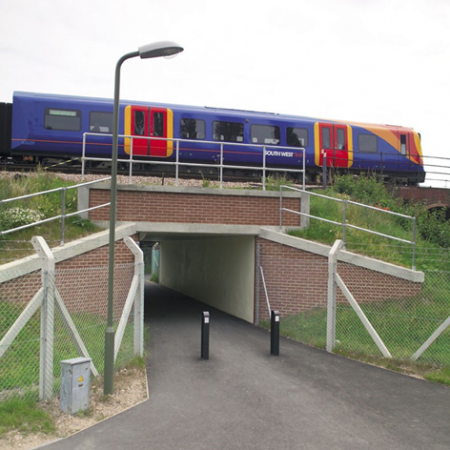Why Cost is Never the Whole Project Delivery Story
There’s probably a consensus that measuring just spend on infrastructure projects will never bring the improvements in productivity, quality and customer experience we need to deliver. But this brings the question of what we should be measuring. How can we be confident that every project is being delivered effectively? Here are a few suggestions based on our experience.
Defects
Both during and after the project, defects are a direct measure of quality. Ideally, there should be none. Defects are the result of a process, team or individual that isn’t working properly. The number and severity of defects should be something that every contractor and project team tracks remorselessly, with detailed root-cause analysis to prevent reoccurrence.
Real-time data sharing has been shown to have a significant impact on defect rates. How real-time data is used is another good indicator of effective delivery.
Contractors must also be open about sharing defect and quality data with customers and other stakeholders. Being open is the foundation of every learning organisation.
Efficiency
The construction sector needs to improve productivity. This is how we will bring down costs in a sustainable way. A sensible first step is to track output per hour worked and to build a database that can be used to benchmark performance. We can then track that we are making progress.
Offsite
Increasing the percentage of work carried out offsite helps to reduce disruption. More offsite work should mean fewer and shorter closures and possessions. So it would make sense to measure and report on the percentage value of the offsite element in every project. If we can also quantify the cost and disruption saved it would provide useful data to support the greater use of offsite methods.
Energy Efficiency
The construction industry is a major contributor to CO2 emissions. If we want to make a measurable impact on reducing our environmental impact we should be measuring energy use and logging the effect of using renewable energy. For example, on the Gade Valley Viaduct project, by using PV panels on the site office roof and a ‘Soltainer’ unit we powered the office with renewable energy. This saved 190Kg of CO2 per day compared to diesel generators.
Customer Feedback
Well delivered projects create a better experience for our customers and for infrastructure users. One of the most powerful ways to validate that we are working in the right way is to gather, analyse and act on the customer feedback. Part of our learning culture means sharing this feedback to feed the momentum behind improving customer experience.
None of this means that cost doesn’t matter. We have finite resources and no scope for inefficiency and waste. But cost is far from the whole story in effective delivery.
Find out more about our Infrastructure projects here.

